A Hodgepodge: Robert Motherwell's painting studio, a Milanese cove of Modernisme meets Modernism, and other visual spots
❥This email may be truncated in your inbox. To make sure you are reading the entire post, please move yourself along to a web browser!
All words here are my own, unless otherwise stated. More from me + Absolument can be found in these places:
Website | Instagram | Book Recs Merci, thank you tons and tons for reading!
Because life truly never slows down, it’s the perfect time for another Hodgepodge writing. I’ll touch on modern artists and their studios, a Milanese cove of Art Nouveau-touched Modernism, and little spots of visuals that caught my eye lately!
Previous Hodgepodge entries covered: Sylvia Plath writing for a college magazine, the Bauhaus, and whether you’re thunder or lightning | the Girard symbol of love, Mansur Gavriel's ode to 1960s air travel, and being married | the Musée de l'Orangerie's Matisses, ceiling paintings, and plentiful pinky promises | Noguchi's Miss Expanding Universe, Bode's lack of books, and Sahara Longe's paintings
I’m realizing now that this may be my favorite type of Absolument category to run wild with! The tangents my mind takes me on feel so rewarding after they are put on paper/newsletter. I hope they’re fun for you too. ❣️
Robert Motherwell’s Studio (briefly feat. our art angel, Helen Frankenthaler!!!)
Years ago when I read my favorite book, Ninth Street Women, I remember being positively affected by a photograph of Helen Frankenthaler standing in the doorway of her home and painting studio in Provincetown. She wasn’t alone, but instead caught in a bunkbed-style portrait with her husband—another American Abstract Expressionist artist—Robert Motherwell. I think my admiration for Helen has always transferred itself to Robert by default. I would find it impossible that a woman like her—one who shined like the sun—could be situated with someone unworthy of her talent and spirit.
I haven’t visited Motherwell in a while, so here’s a glimpse into his painting studio, and into his bold lecture about personal expression at MoMA in 1951. The introduction is actually quite humorous and humble, then he gets to the serious morality of art.
“When I look at my painting as detachedly as I can, it appears to me as warm, sensual, ‘silent',’ and felt, all qualities related to its internal morality. Aesthetic decisions in the process of painting are not primarily aesthetic in origin but moral, and nowadays largely negative. One might say today that the morality of a picture is unusually depending on what the artist refuses to accept in it as bearable. Modern pictures— ‘abstract’ —ones, that is, tend to be the residues of a moral process.”

Akilah Chandler, for Daedalus Foundation, wrote about the various studio spaces of Motherwell, from his 1947 Quonset hut in East Hampton, to a basement on 94th Street in New York City, to Provincetown with Helen, and more. Her writing starts with the stark importance of the artist studio for Motherwell.
“Motherwell was quite aware of how important it was to understand a body of work within the context of an artist’s work space. Back in 1944, he tried to convince Alfred H. Barr Jr. (the founding director at MoMA) to buy the studio of Piet Mondrian shortly after the artist’s death. Mondrian’s studio, Motherwell later wrote, ‘with its red, blue, and yellow squares, and the thousands of pinholes in the white walls,’ was in itself a kind of work of art, ‘which to a young artist, was a most moving and illuminating insight into his working procedures.’
It was in the studio that Motherwell said he felt the most real to himself, and it was in his studios that some of the most interesting evidence of his creative process can be found.”
If you want to get lost in a very wonderful Motherwell timeline, I dare you.
The World of Interiors explores Villa Borsani
Every time I receive a print issue of The World of Interiors magazine, I either: 1) place it on a flat surface and run my hand calmly over the glossy cover, or 2) place it over my torso and give it a little squeeze. Perhaps both! It feels particularly in alignment with the types of histories and spaces I want to expose my eyes and imagination to. I also feel strongly about the tone of voice the authors carry—I weirdly relate to it. It’s as if my internal monologue is flowing along at the same pace as the writers’ as I’m reading it. Do our energies match?! Absolutely. Now, if only I could scheme a way to write for them…officially putting that idea out there into the universe now.
I mention WoI because they featured Villa Borsani outside of Milan, a home that I confidently became obsessed with without any hesitation. It’s a perfect example of a fusion of Modernisme and Modernism. The former having the decorative softness of organic forms in nature and the latter a display of rectilinear shapes, functionalism, and an attention to industrial materials. Chrome detailing, modular shelving, and flowery, mosaic murals are harmoniously alive in Villa Borsani. Think: if Gaudí and Le Corbusier mingled in Italy.
Invite your friends to read Absolument ! and receive a “paid” subscription for free.
When you use the referral link below, or the “Share” button on any of my posts, you'll get credit for any new subscribers. Simply send the link in a text, email, or share it on social media with friends.
3 friend referrals gets you 1 month free access to all posts
6 friend referrals gets you 3 months free access to all posts
25 friend referrals gets you half of a year free access to all posts
Giselle Daydreams and Kazimir Malevich’s Black Square
Kazimir Malevich and his Black Square painting was a little token of wonder for me during my art history studies, and it followed me around (practically a twin to my life’s treasure: my black cat, Oliver) for all of my 20s. I financially barely scraped by for this entire decade, so it was natural for me to slap some black paint acrylic on some free butcher paper in order to have an inexpensive piece of symbolism floating in each apartment I inhabited. It was practically trash, but in my mind its value was enormous. Sometimes it held its space on a wall (boring!), and other times, it was more appropriately displayed in the upper corner of a room—more on why below!
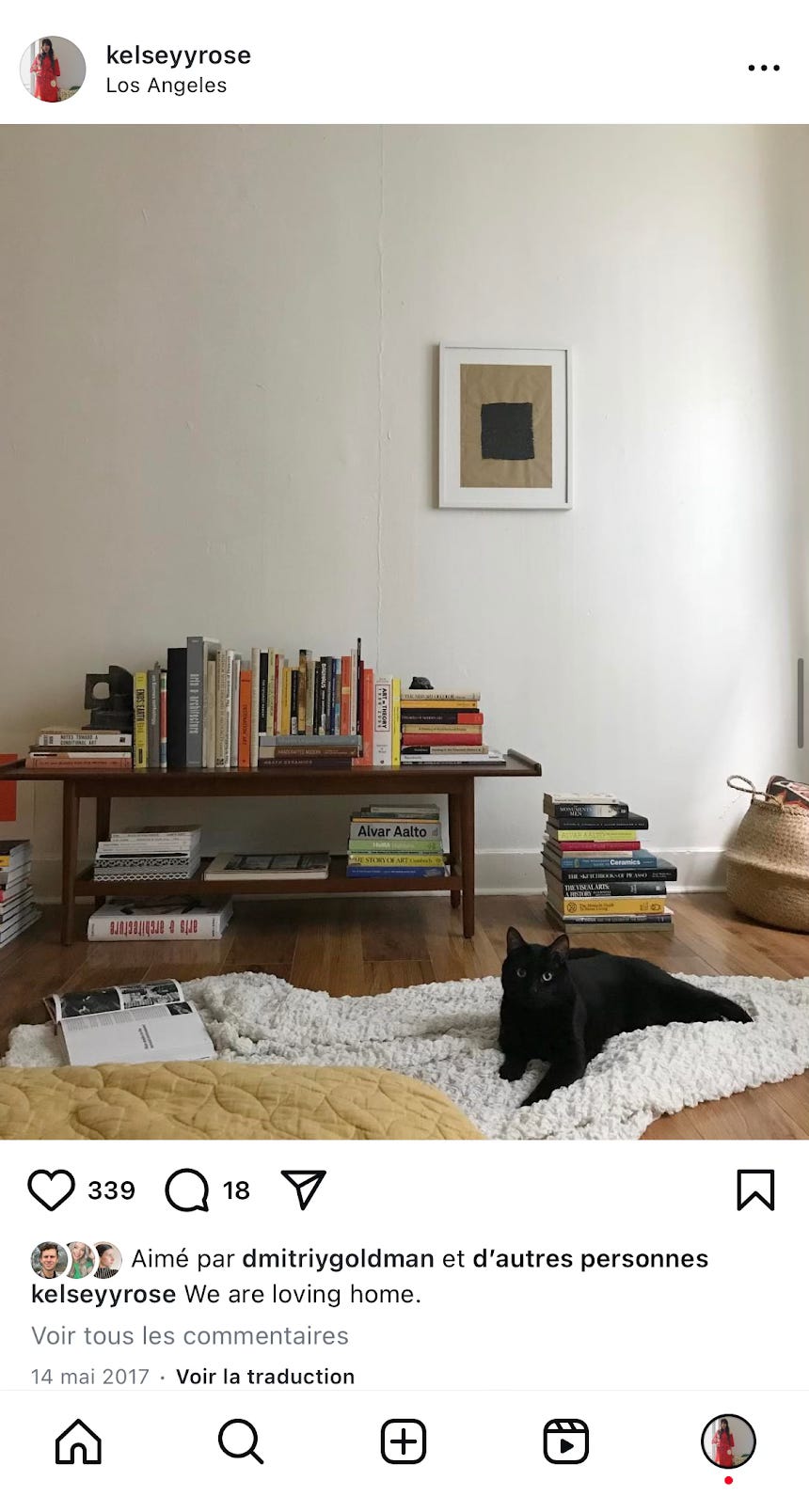
When
mentioned that she was about to post her writing about Black Square, I sat straight up in my chair in excitement. I adore her writing and I know you’ll easily appreciate it too! Giselle wrote:“Black Square is often seen as a radical departure from traditional art and has been interpreted as a symbol of the end of the old artistic conventions and the beginning of a new era in art. . . .The black square represents the essence of form, devoid of any representational content. By stripping away all non-essential elements, Malevich sought to distill art to its most fundamental components, questioning the need for complex imagery in conveying meaning.” [READ MORE—and I also super recommend following Giselle’s Substack for more of her writings.]
I remember how profound it seemed that this painting wasn’t mounted flat on the wall in typical gallery-style, but instead suspended in the corner. Malevich intended this placement as a tribute to Russian religious icons that were always displayed in this particular way. The spiritual aspect was immediately obvious to me—a view from the upmost corner of a room really is all-knowing. And plus, who wouldn’t feel the power of a piece of work that was part of an art movement called SUPREMATISM?
Other Notes:
Elaine de Kooning’s house/studio became a nationally designated historic site in 2022.
I’m intrigued by the cover and title of The Strange Life of Objects, as posted by Maison Plage.

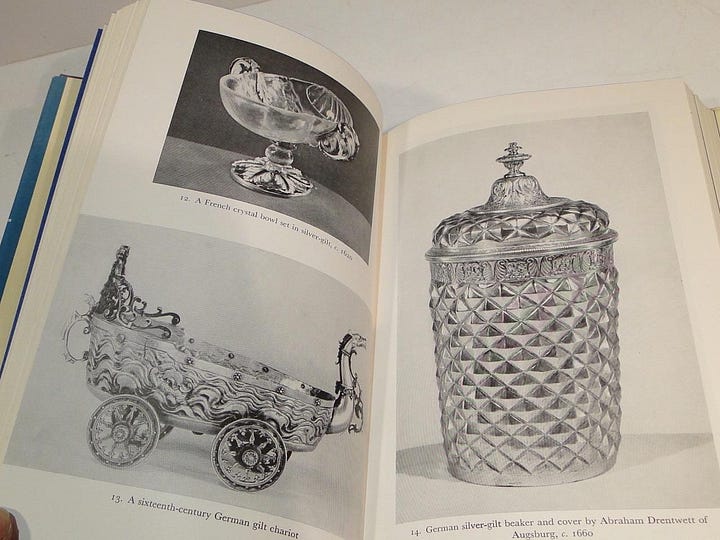
Left photograph by Maison Plage, right by a random eBay seller. The Evolution of Beauty Standards transformed two beautiful women of today into a 1900s and 1910s version of themselves, prominently featuring the troturous corset. Insane to think of how we went from corset to leggings as standard daily wear for so much of the world’s population—the big exception being French women, who would never be caught outside in athleisure unless they were literally at the gym. (Same!)
Speaking of corseted times, a ton of you seemed to love the 1982 docu-film The Eighteenth Century Woman from the From the Vaults series by The Met (mentioned in my last post). If you missed out:
A future research topic note-to-self: learning more about Robert Motherwell’s first wife, Maria Emilia Ferreira y Moyers.
**
Aren’t you inspired to hang a painting in the corner now?
Kelsey Rose





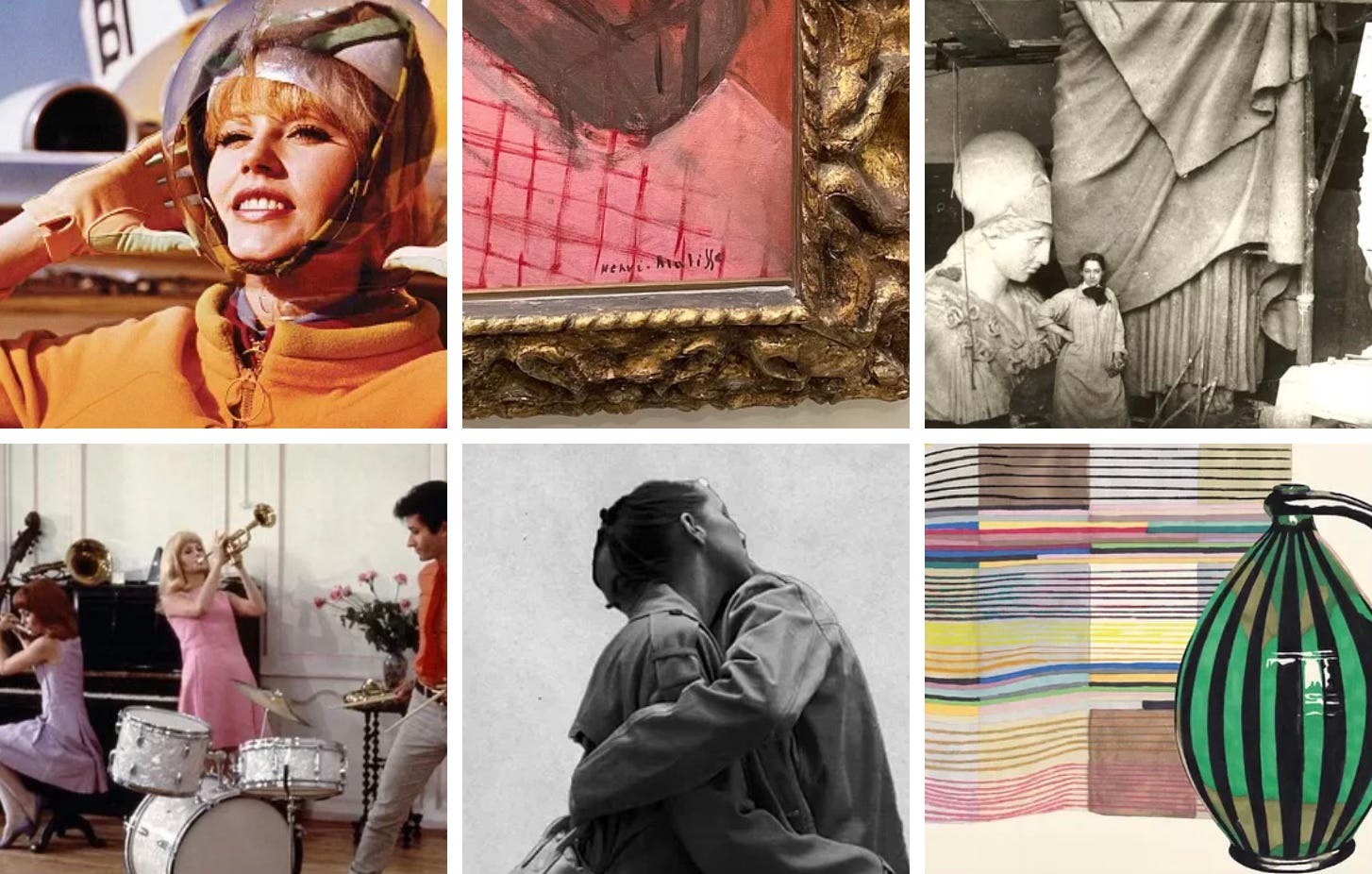

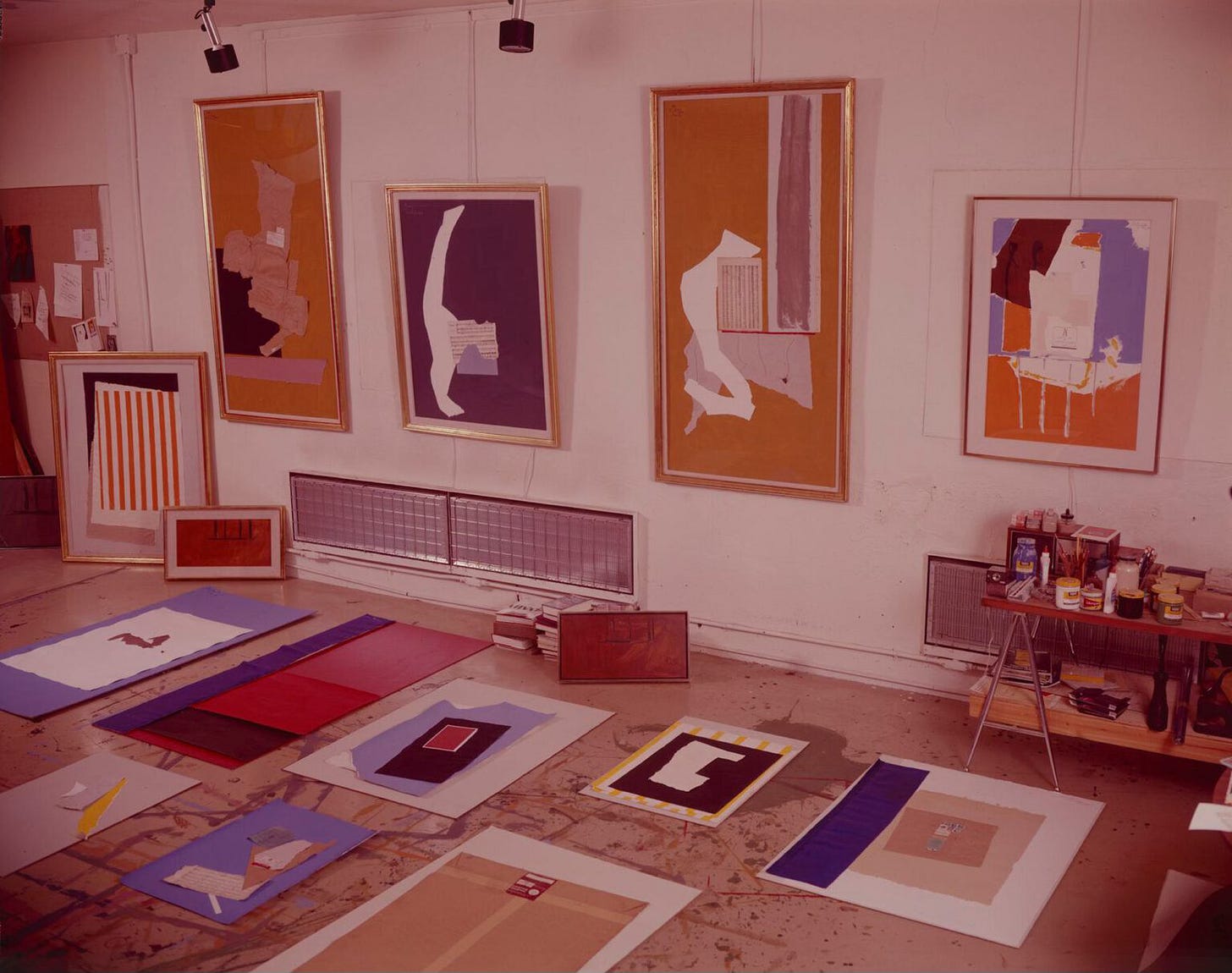
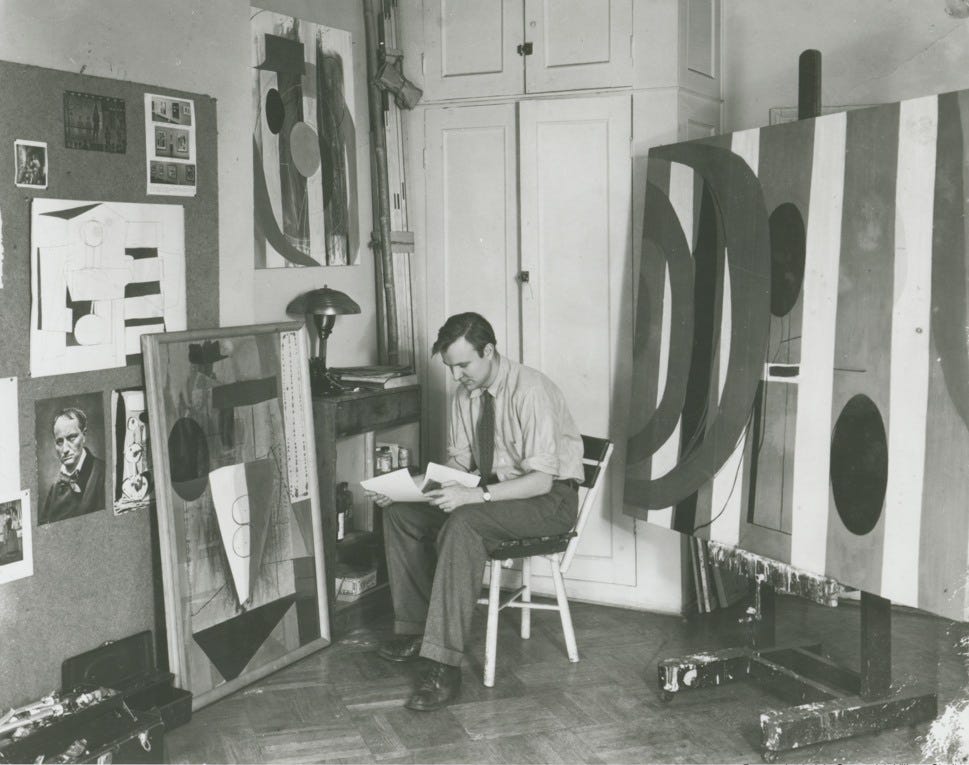



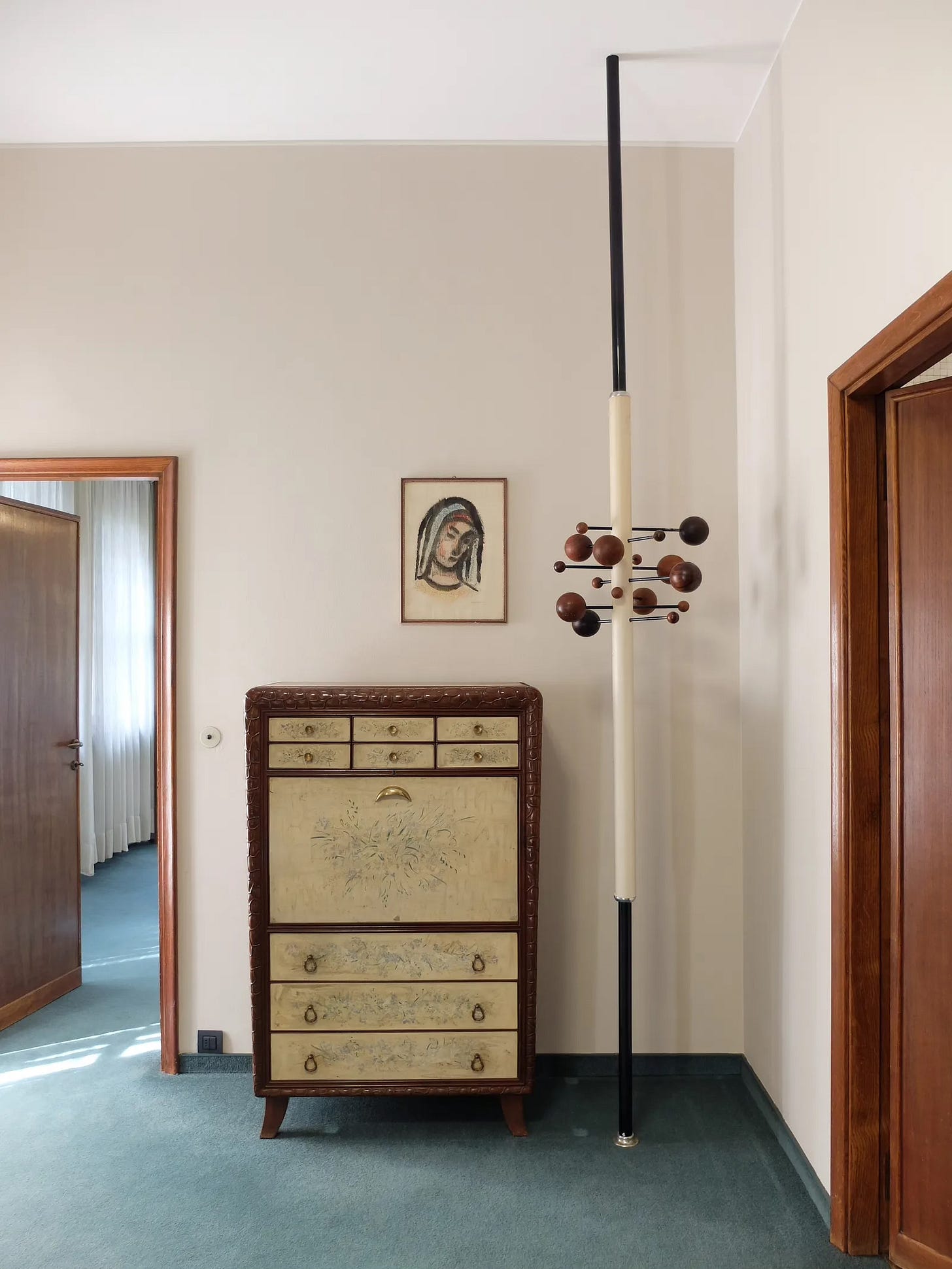
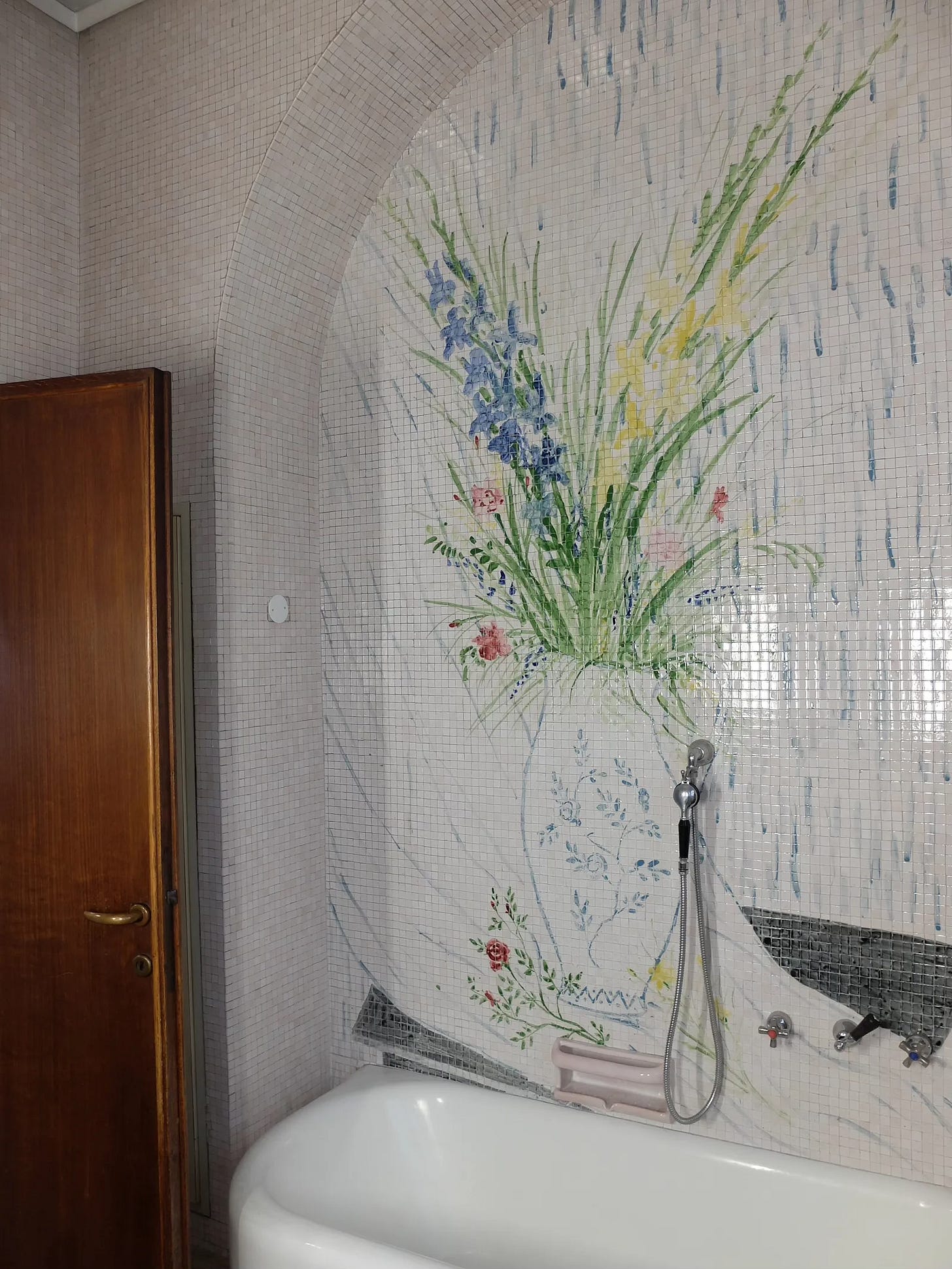




ah i love your posts kelsey!! also totally agree about the athleisure lmao
Such a pleasure to read...thanks Kelsey!